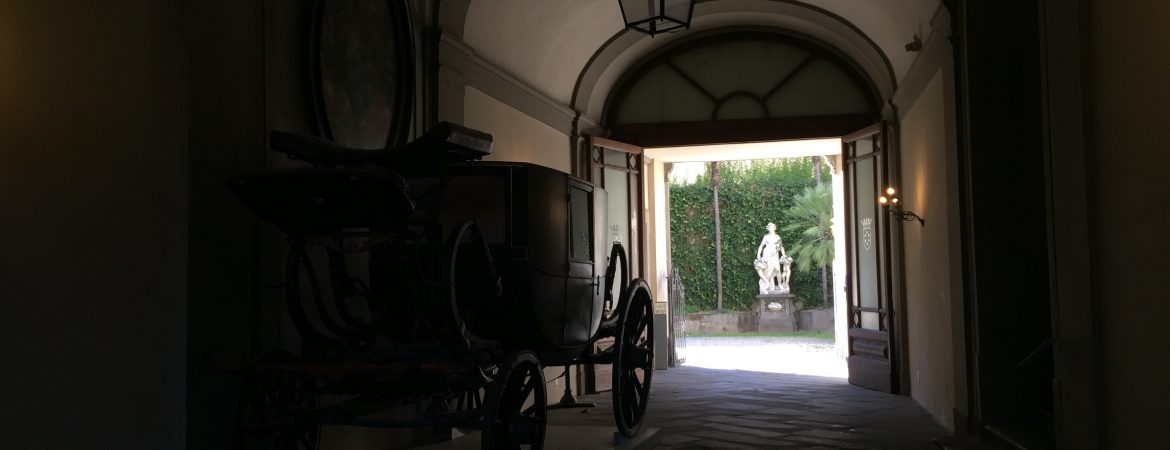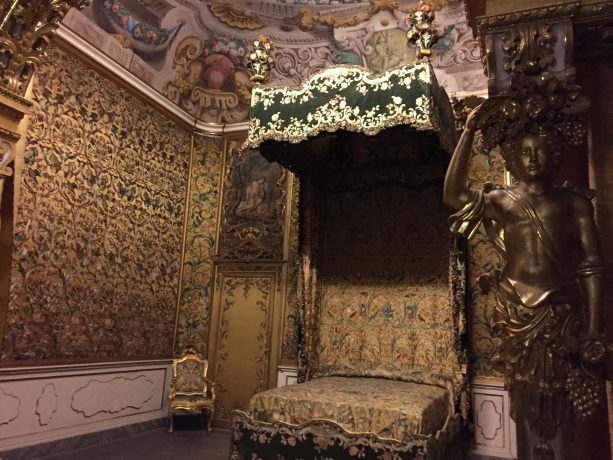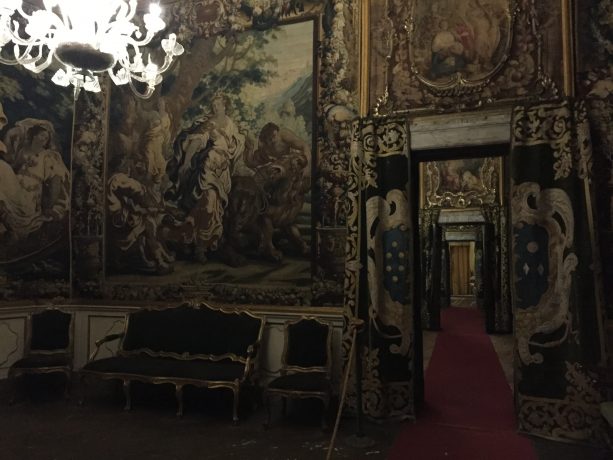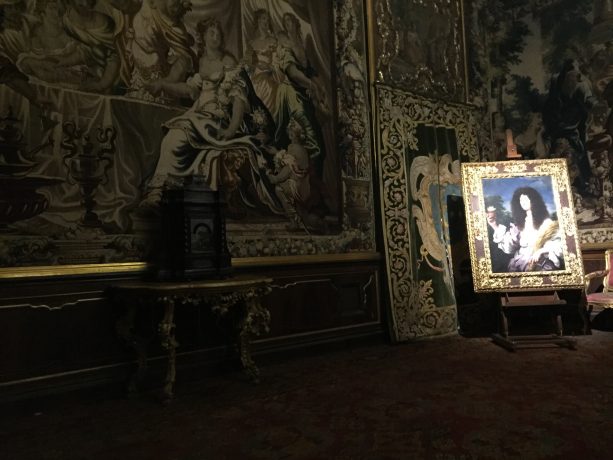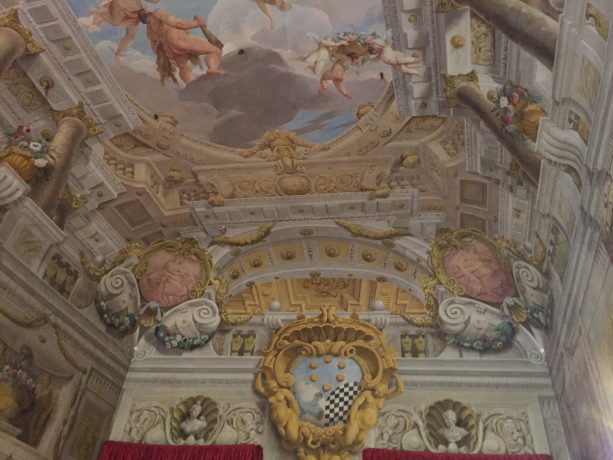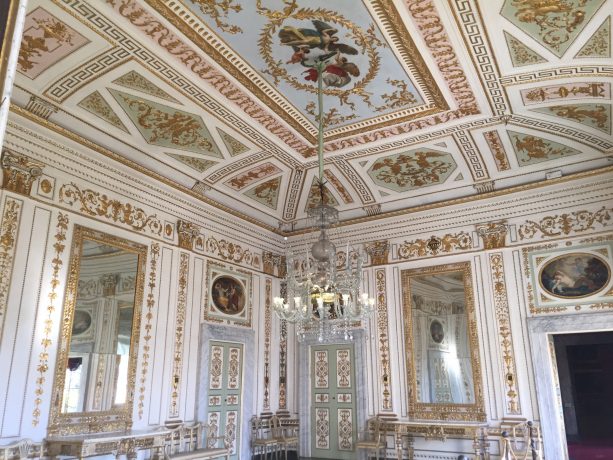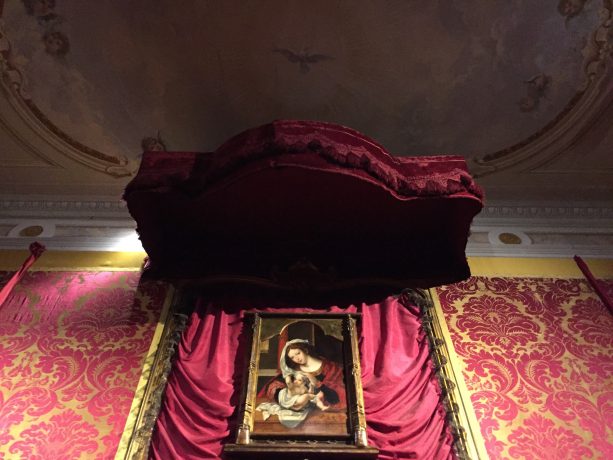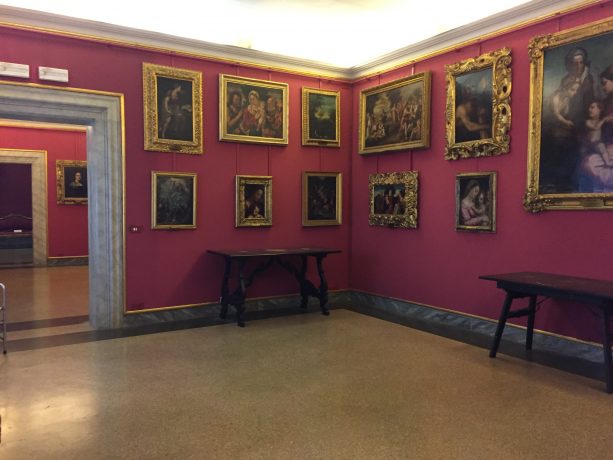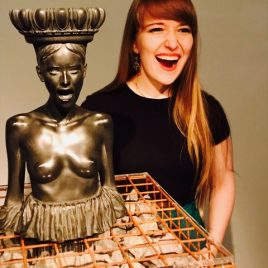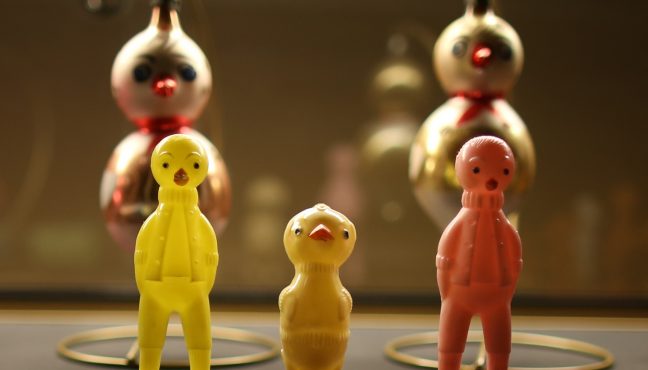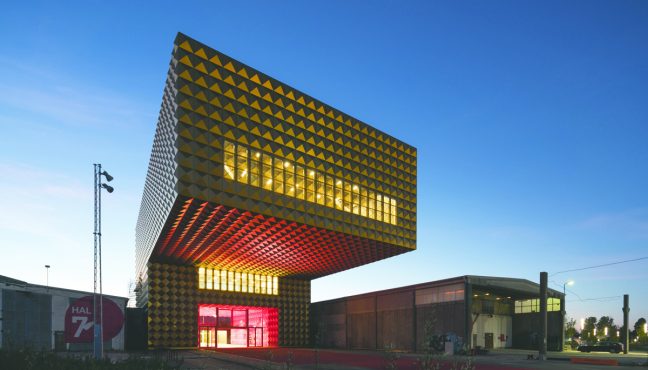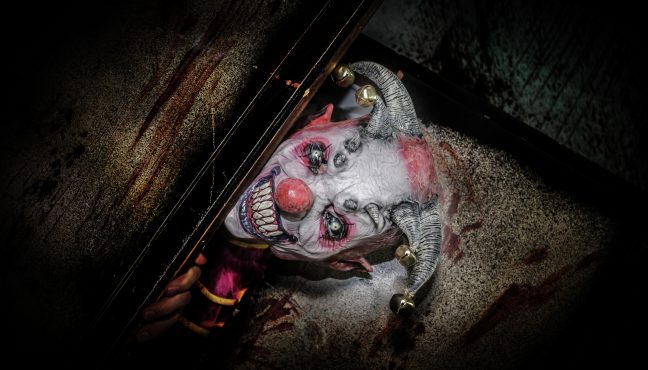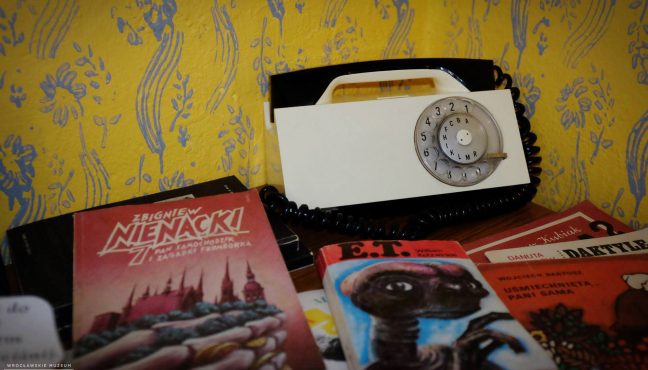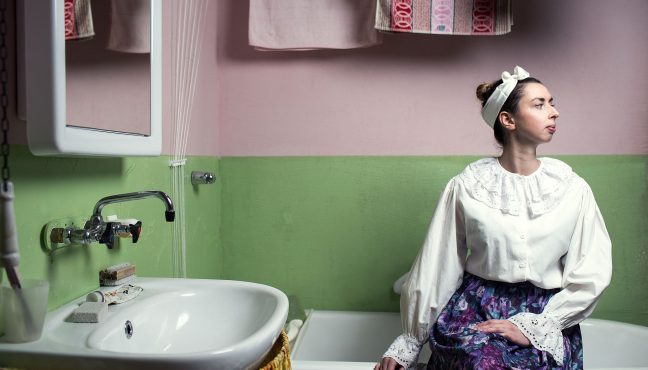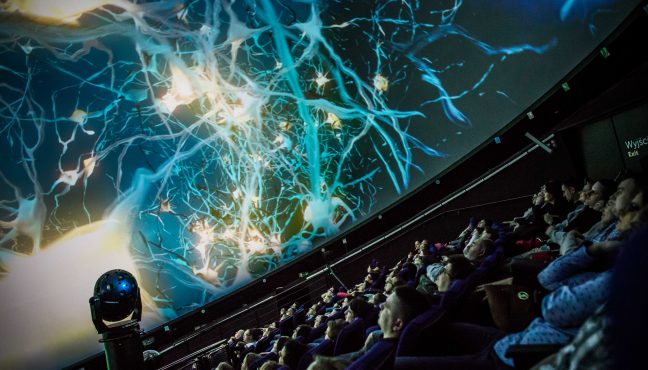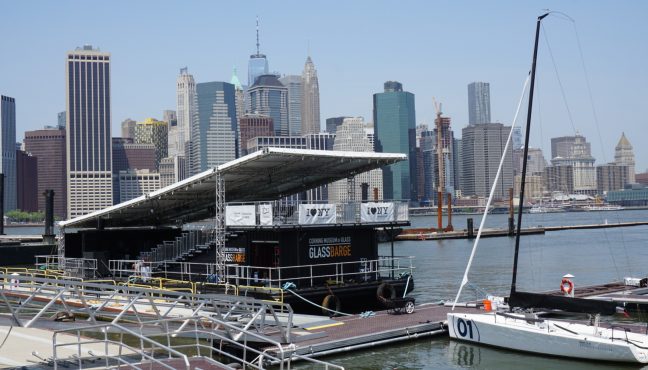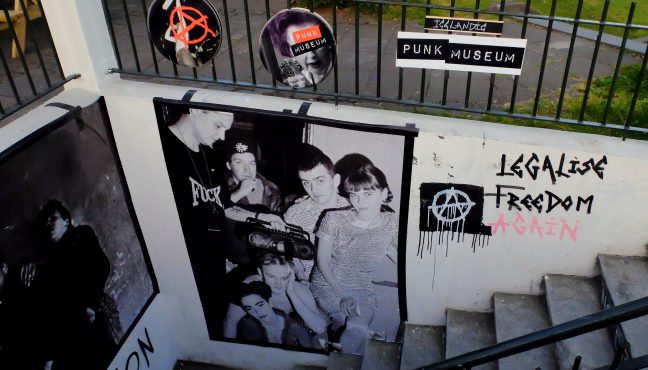This museum is a great example of how important each Italian city and its upper class were back in the day. The marvellous rooms of Palazzo Mansi are fit for a king, yet this wasn’t a Royal residence – from 1616 it was inhabited by the merchant Mansi Family, and remained a family home until mid-20th century.

The museum has been occupying this building from 1977. Step by step it recovered the original furnishings, frescoes and tapestries on the walls that were partially lost due to financial challenges of the families that inhabited the Palazzo.


Palazzo Mansi is Museum-Residence, providing remarkable exploration into the local nobility’s way of life, featuring Italian baroque interior design, tapestry collections, and decorative frescoes. The museum is full of beautiful post 16th century artworks and furniture that you can tell has been loved and used to its fullest.


The faded glamour of the Palazzo is not upsetting, it gives the museum a feeling of real life – the wear on velvet and silk chair seats, bed linens and wallpaper, you feel like the families who called it home have only just stepped outside and will be back any minute now.




Some of the rooms are quite dark to protect the delicate fabrics and surfaces from light damage, and this only adds to the theatricality and drama of the house, it allows you to feel what the house was like with just candlelight.


The Museum exhibits great examples of Italian and Flemish painting schools, although the galleries are not as impressive as the living quarters, they rather indicate how important the study of art was to the community in 17th-18th centuries.


What is especially interesting is the collection of textiles that gives an overview of the production in the same period, displaying examples of ecclesiastic and civilian clothing as well as fragments of hangings including some exceptional Coptic fabrics from the 6th – 7th century. And it makes a lot of sense – the Mansi family were silk merchants!


Thanks to the Mansi family and their specialization, you can take part in the ancient sewing process. Every Tuesday and Thursday the museum hosts workshops creating the rustic Luccan textiles. This was the will of Maria Niemack, born in 1892, all her life she collected antique looms and tools, started the manufacturing of silk, hemp, linen, and cotton fabrics using only the old techniques and patterns.

According to her will, everything was donated to Lucca’s National Museum and she bequeathed not only the tangible property, but also the tradition, the entire working process that has been passed on to younger generations. During the workshop, you can witness the production at ancient weaving looms. So, we recommend visiting the museum on a Tuesday (3 PM – 6 PM) or a Thursday (10 AM – 1PM), when the workshop is open.


Tip: You can buy a united discount ticket with the Museo Nazionale di Villa Guingi, if you are interested in archaeology, medieval and gothic art.
Fact: The textile workshop continues its production with the old tools using materials such as cashmere, mohair, linen and silk according to the demand of today’s market. The production is sometimes (not always) on sale in the Museum.
The “Music Room” of the Museum built in the late 17th century is still equipped with the original carved wood stage for the orchestra.

